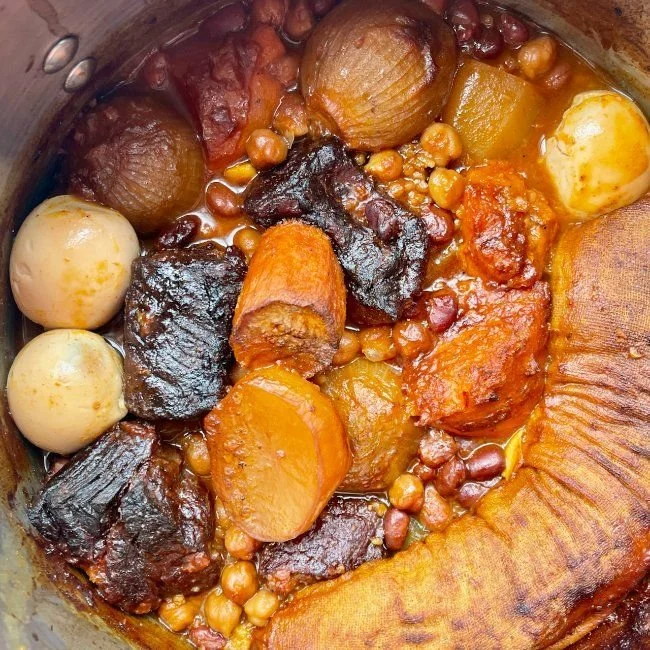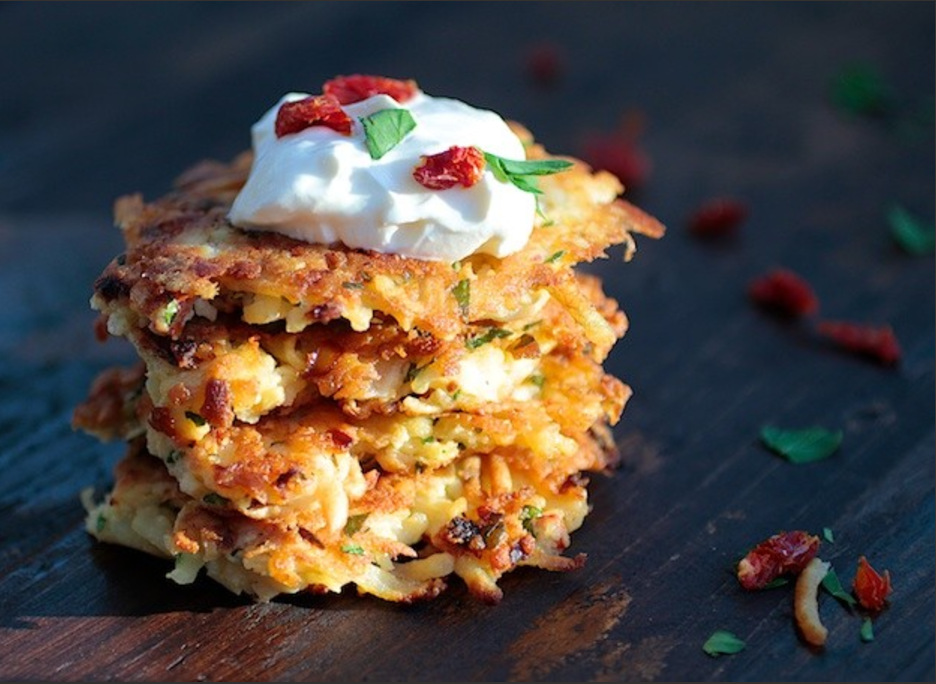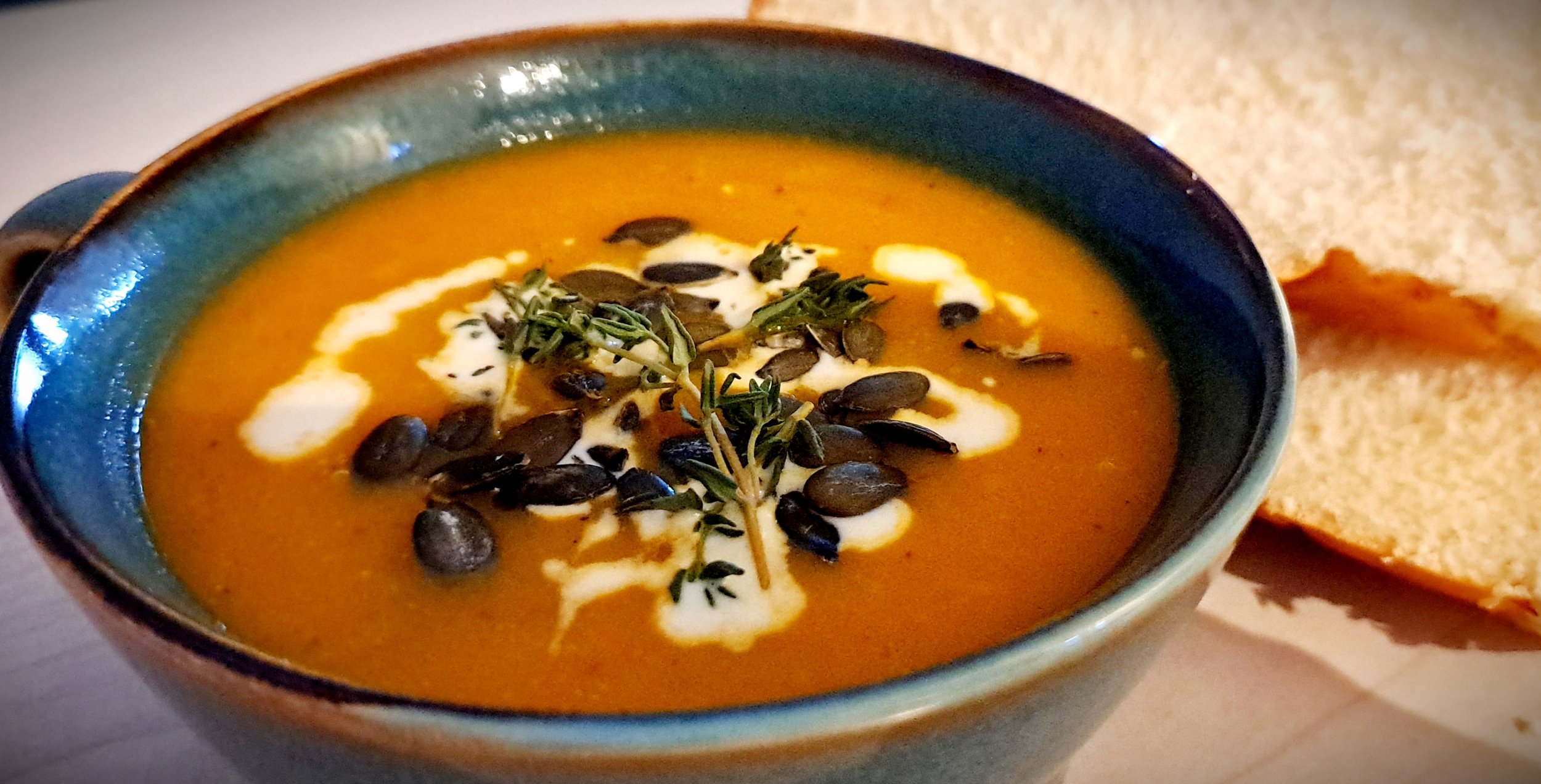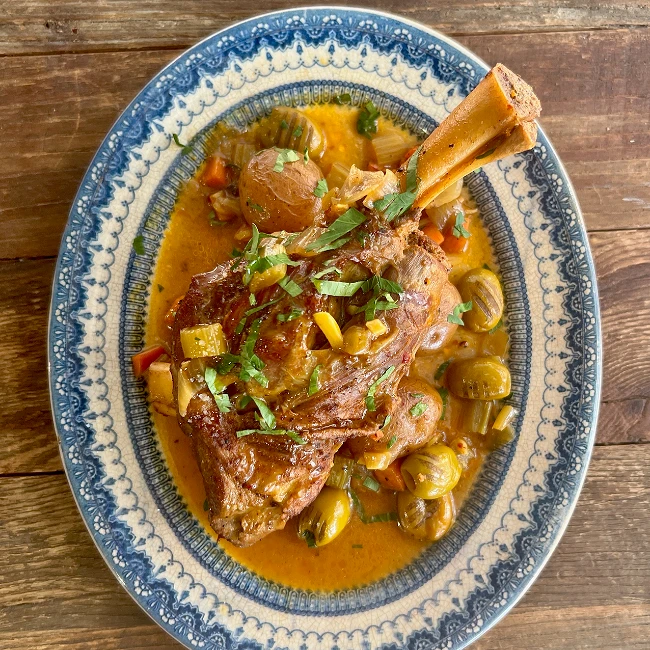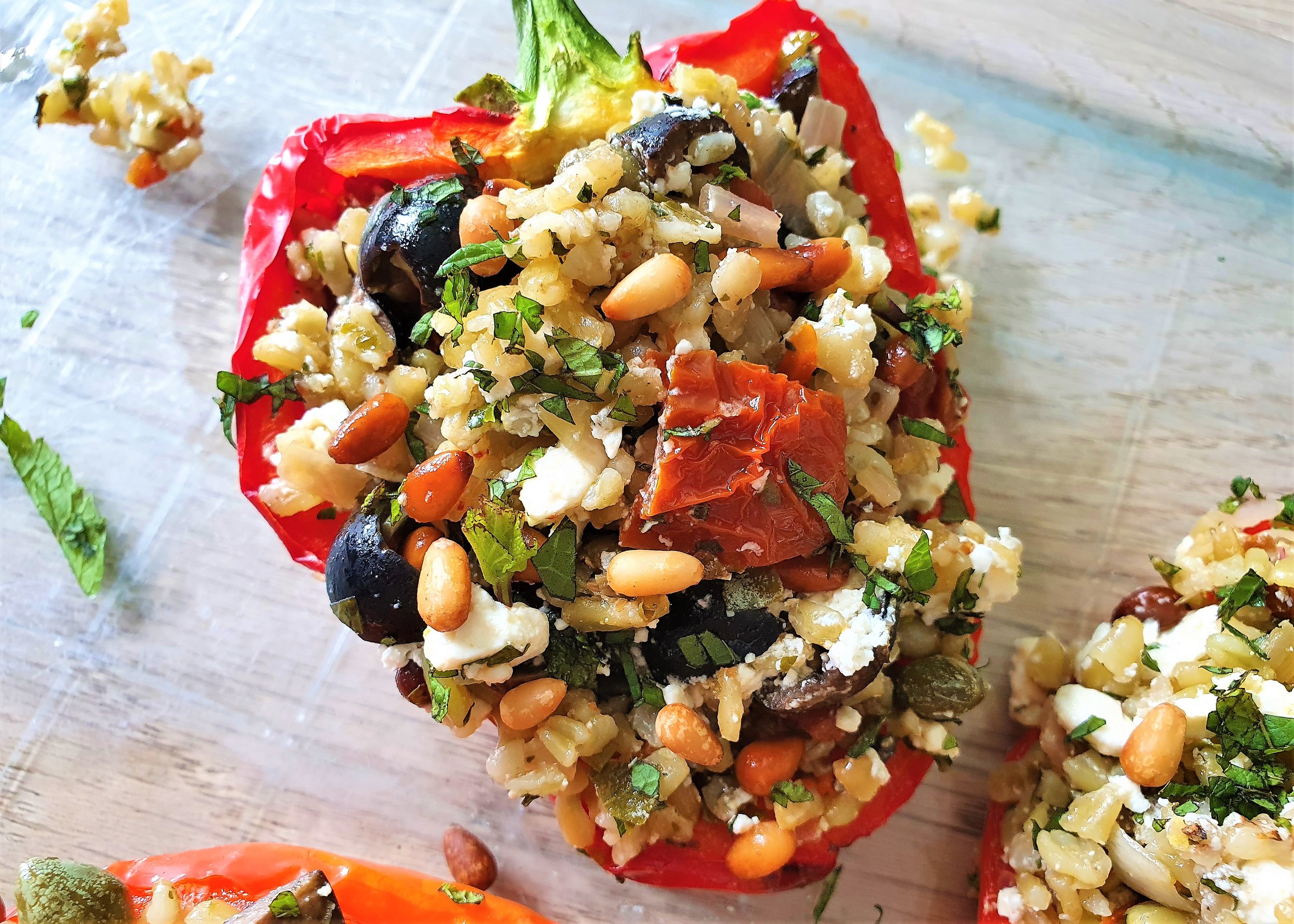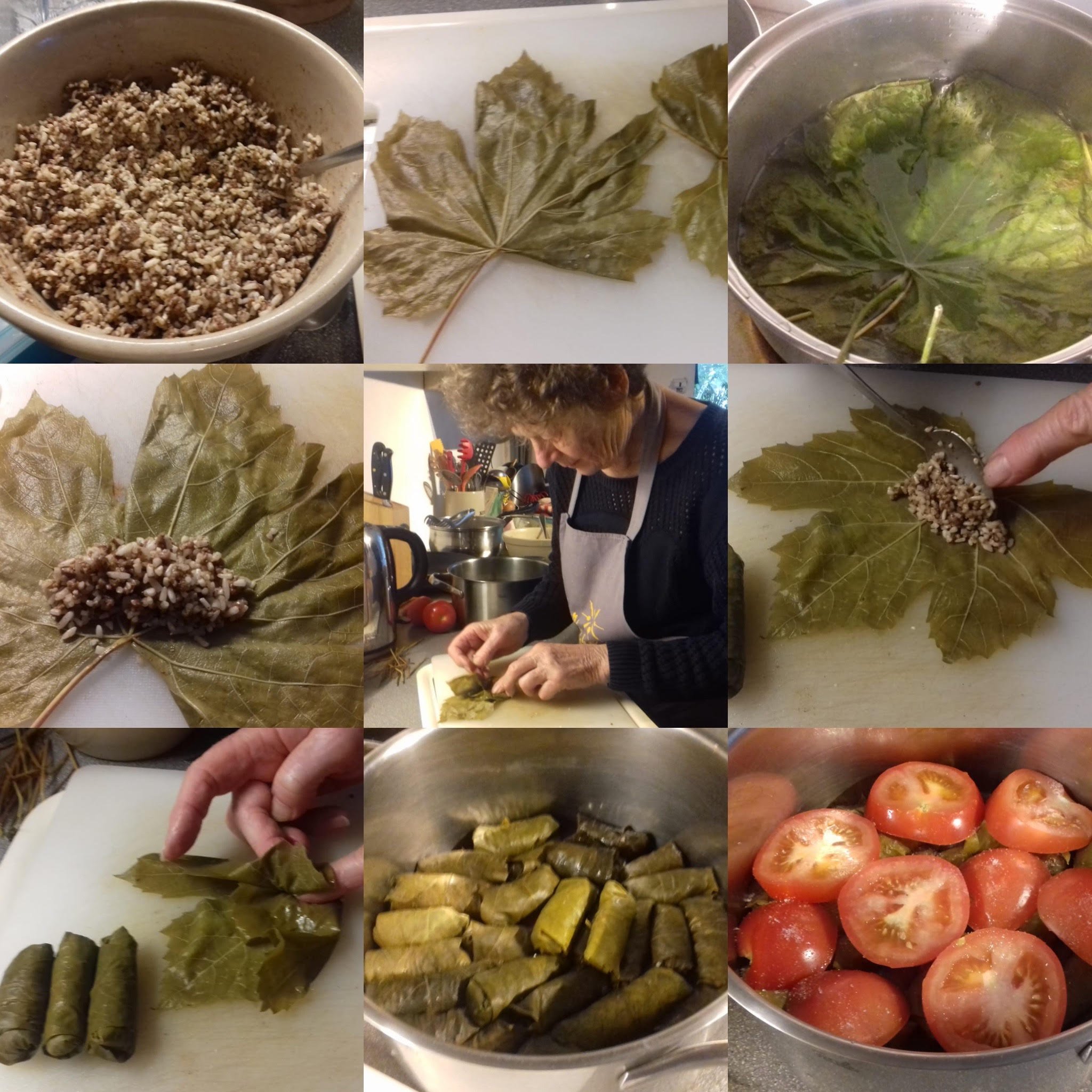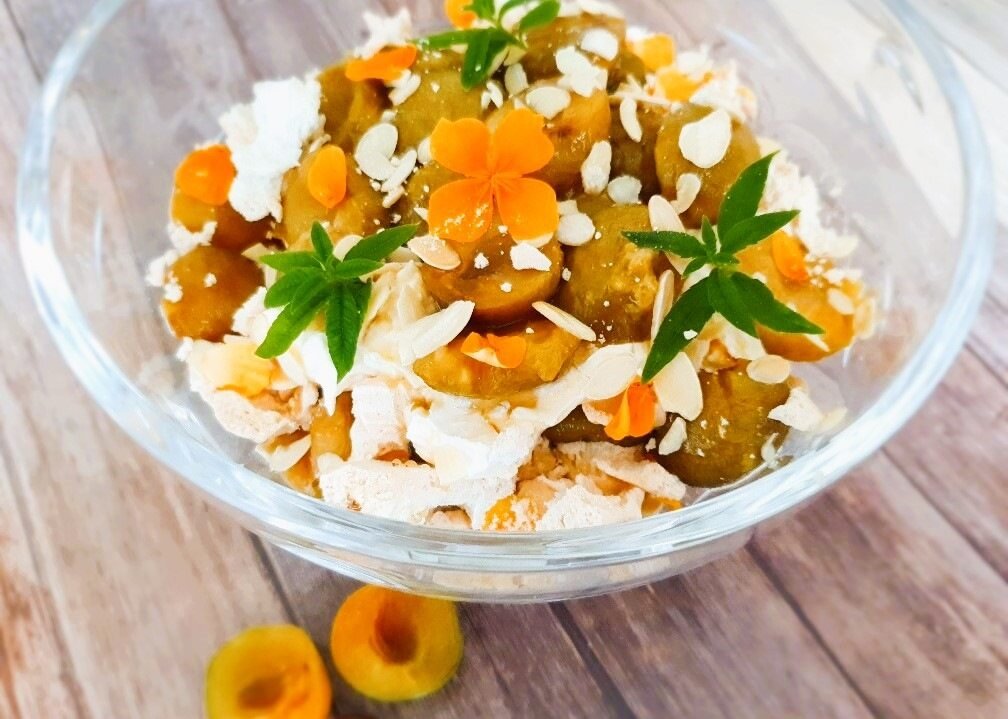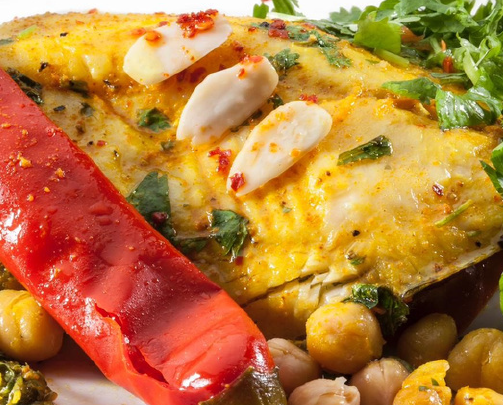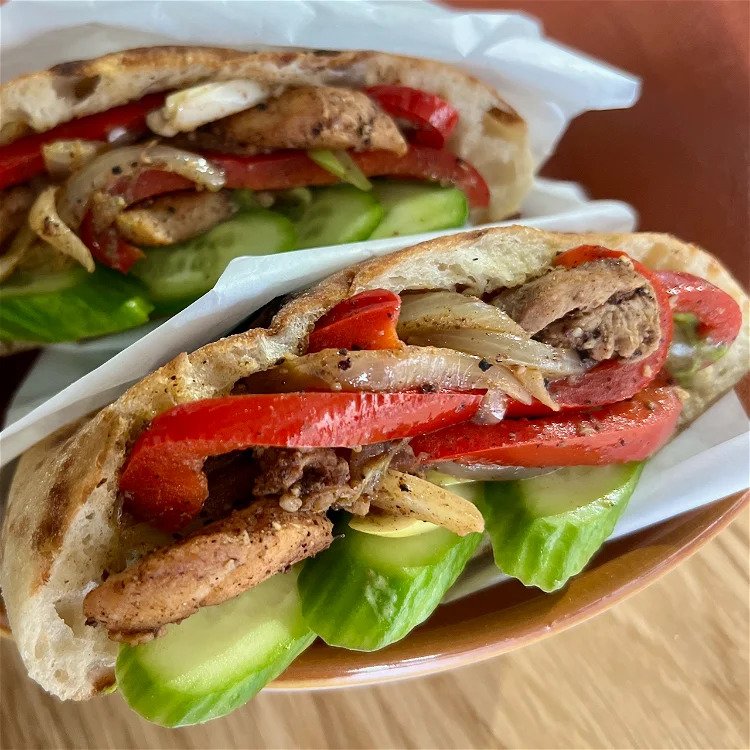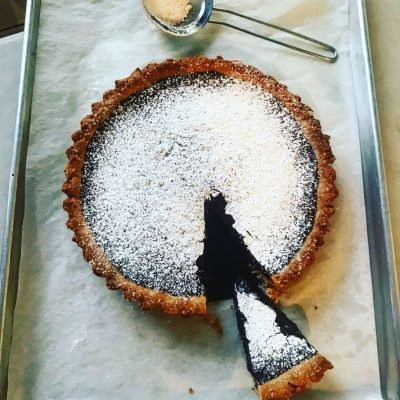Chamin (Cholent)
Chamin (Cholent)
by: Helen Park
Chamin (a.k.a. Cholent) is a warmly spiced overnight stew that has survived centuries of history and migration. Chamin is perfect for relaxed days when this pot of warm hugs will be waiting for you to wake up and enjoy it. Or, set it and forget it in the morning and enjoy Chamin for dinner with leftovers for the week.
Serves: 4
Ingredients
2 lbs boneless beef short ribs or chuck stew cut into 2” chunks
Salt and pepper
Oil for searing
3 medium potatoes, peeled and cut in half
2 sweet potatoes, peeled and cut into 2” chunks
6 small onions, peeled and left whole
½ cup chickpeas, soaked overnight
½ cup pink beans or kidney beans, soaked overnight
6 eggs, rinsed
Seasoning
½ cup honey
2 Tbsp fine sea salt
2 Tbsp chopped garlic
1 cup warm water
Kishke
1 small carrot, peeled and cut into 1” pieces
1small onion, peeled and cut into 1” pieces
1 tsp fine sea salt
1 cup matzoh meal
2 Tbsp chicken fat or olive oil
12” x 12” double layer cheesecloth
Butcher’s twine
Directions
Preheat the oven to 200°F.
In a heavy bottom Dutch oven, heat enough oil to cover the bottom until shimmering over high heat.
Season the beef generously with salt and pepper and sear all sides to nicely brown. Work in batches if need to keep the pan hot, removing pieces as they are ready.
Drain any remaining oil and discard when cooled.
Then, layer in the beef, potatoes, sweet potatoes, onions, beans, freekeh, and eggs. Alternate the ingredients as you go. I like to end with the eggs near the top so they are easy to remove and peel when the stew is ready.
For the Kishke
In a food processor, pulse the carrot, onion, haweij, salt, and pepper to finely chop.
Add the matzoh meal and chicken fat (or olive oil) and continue pulsing, scraping the sides as needed, to for a rough but moist mixture. When squeezed in your hand it should clump together.
When ready, turn the mixture out onto the cheesecloth and mold into a sausage shape. Squeeze the ingredients together well to help it stay together.
Roll up the “sausage” and tie the ends tightly.
Place the kishke on top of the pot.
For the Seasoning
Stir the seasoning ingredients with warm water to dissolve the salt and honey.
Pour evenly over the pot and add water to cover all of the ingredients and just barely covering the kishke (about 1 ½ qts).
Place a lid on the pot and set it in the middle of the oven.
The stew will be ready in 8 hours when the ingredients are tender, the eggs are baked and the kishke is cooked and browned on the top. The pot can be left in the oven up to 12 hours as the Chamin only gets better. The sauce gets reduced and glazy, the potatoes, onion, and sweet potatoes get caramelized on the edges, and the browned kishke is almost crispy on the top when you cut the cheesecloth open to serve. I like to peel the eggs and put them back into the sauce so people can serve themselves when they are ready.
Recipe Notes
The searing of meat is an added step to the classic versions – it brings more roasty meat flavor to the final dish.
In place of soaked beans, rinsed canned beans can also work. Substitute a 15oz can for each ½ cup of dry beans.
Sweet potatoes seem to be getting bigger and bigger. The quantity of sweet potatoes above is meant for smaller/medium sized potatoes.
The Chamin can be made in a slow cooker, although the oven method comes out the best. A shallow slow cooker (the deep oval type) works better to mimick that oven roasted flavor and texture.
Variations & Ideas
The dish works well as a vegetarian or vegan version. Remove the meat (and eggs for vegans) and increase both types of potatoes and beans and definitely include the kishke.
For the gluten-free version, omit the freekeh and kishke.
Food images and recipe © Helen Park.
Questions? Contact helen@laboiteny.com

